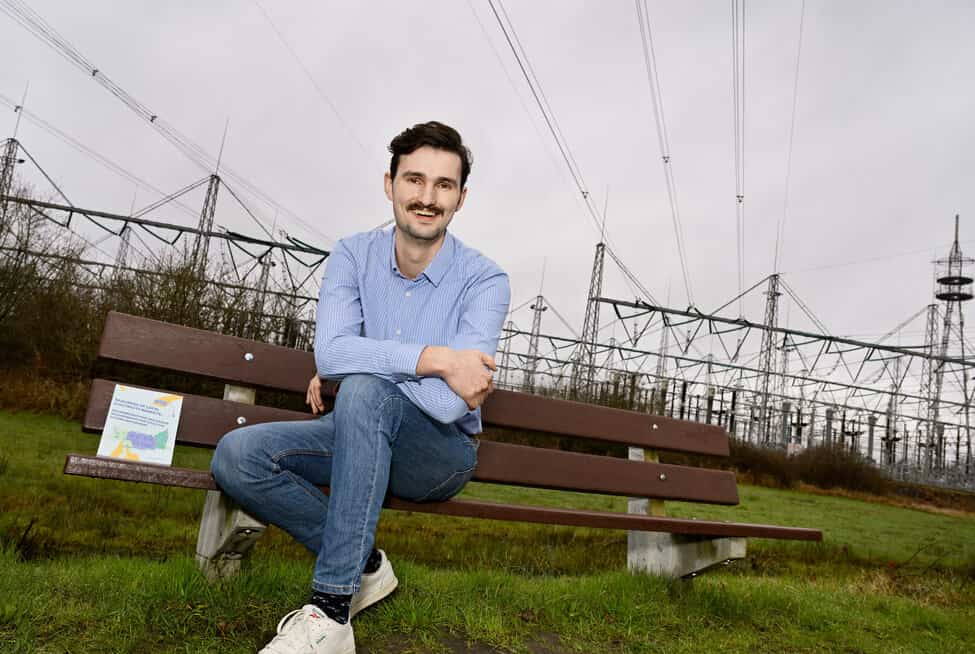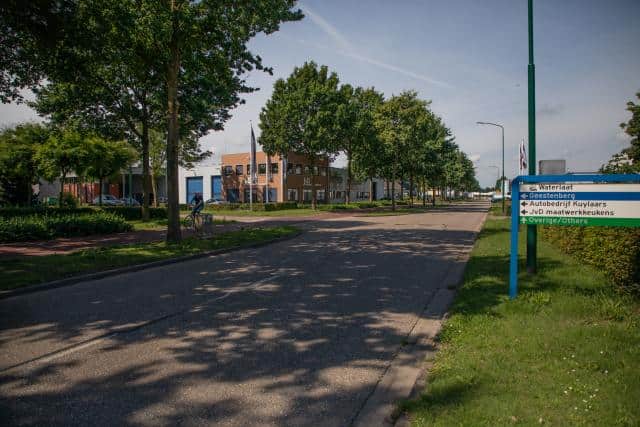
No new connections, no extensions, no opportunities to deliver your solar energy to the grid, let alone share it with other entrepreneurs. Grid congestion – the phenomenon that occurs when the infrastructure can no longer handle the growing supply and demand for power – is gripping entrepreneurs all over the Netherlands. It is not a local problem, but Bergeijk is working hard to find a local solution. With a ‘local energy hub’, the nine largest electricity consumers at De Waterlaat Business Park want to put an end to the restrictions currently imposed on them by electricity supplier Enexis. Together, they account for most of the energy consumption in the business park.
Why you need to know
Grid congestion – lack of space on the electricity grid – is a growing problem, especially for scaling businesses. At Business Park Waterlaat in Bergeijk, the entrepreneurs are trying to find a way out of this deadlock; they get support from the local government. This article is part of a series on grid congestion and local energy hubs.
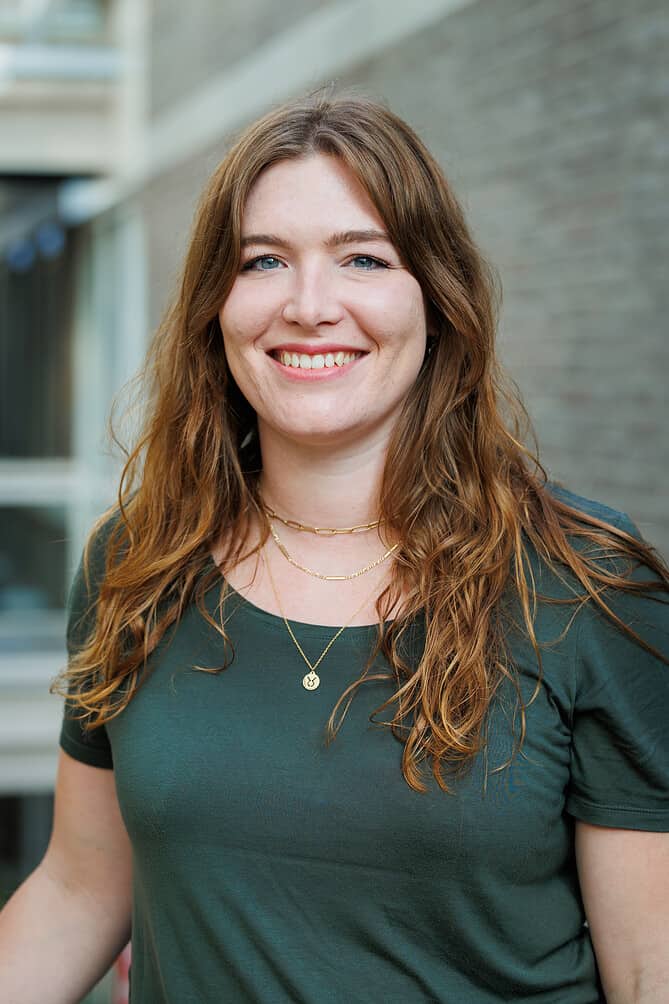
A way out is being considered everywhere, but in most cases, laws, regulations, and staff shortages stand in the way. It forces Enexis to take drastic measures to prevent the entire grid from failing. The Netherlands started thinking too late about the consequences of the enormous growth in demand for electricity and the simultaneous increase in supply. All that extra power no longer fits on the old network, and so Enexis is left with no other choice than to sell ‘no’.
But in Bergeijk, this was not simply accepted as a fact, says Denise de Ronde, who works as a policy officer for sustainability at the municipality. “The big energy consumers on De Waterlaat soon found themselves up against the limit of their existing connection. And at the same time, the first signals came from Enexis that new connections could no longer be serviced.” Moreover, laws and regulations prevent that within one company, energy can be transferred from one subsidiary to another, even if the two entities are on the same site. “In a short time, everyone became aware that it was really going to be a big problem.”
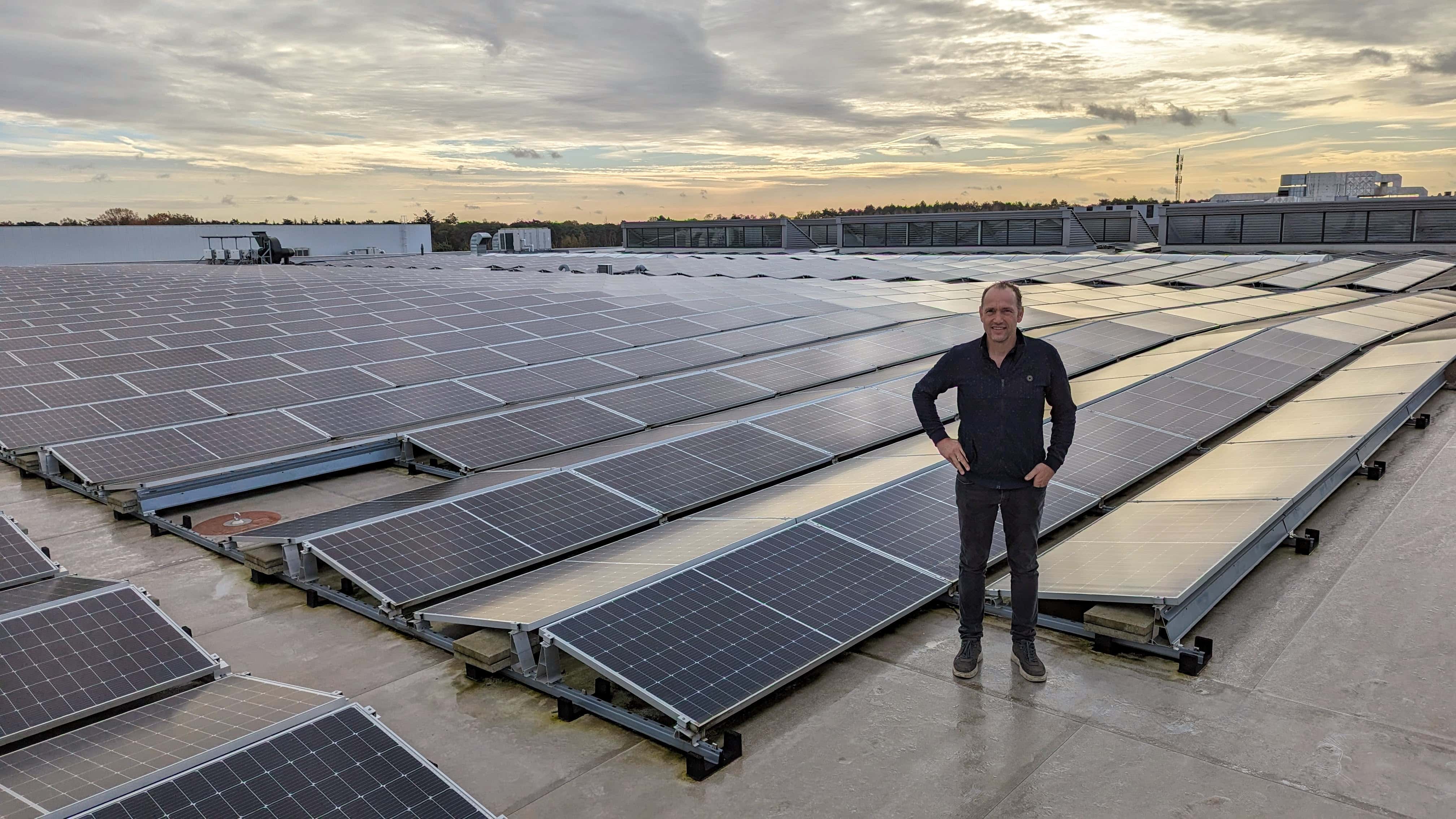
Thinking about a solution
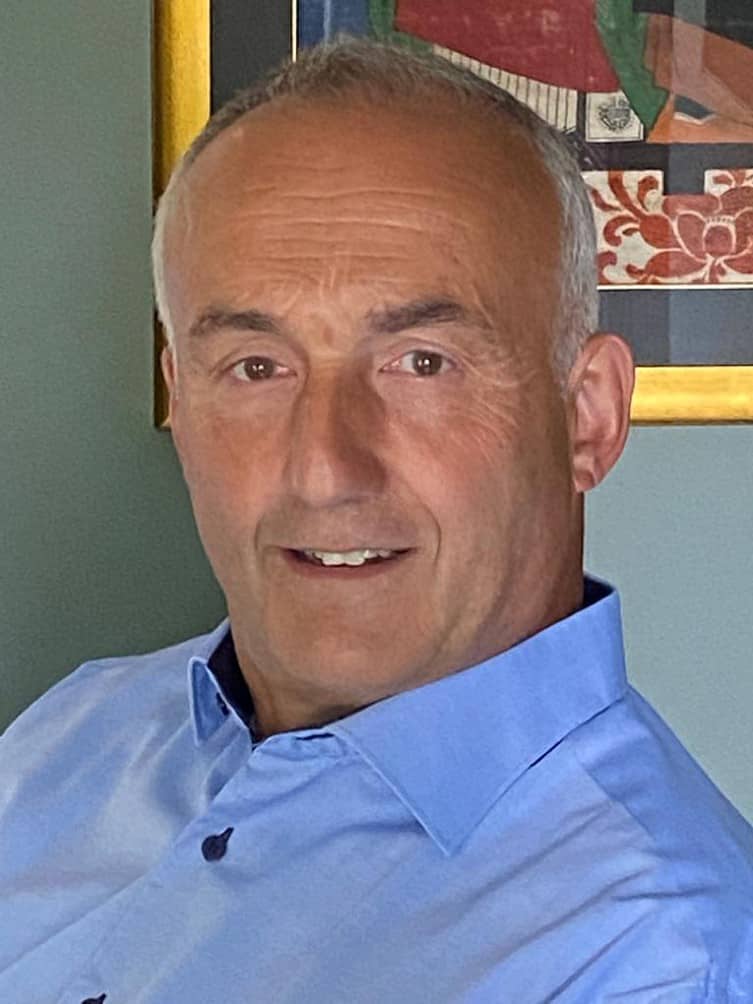
The municipality started thinking about a solution. “In the beginning, we mainly focused on informing and organizing the entrepreneurs”, says Denise de Ronde. “On the Waterlaat, there is no park management, so that really had to come from the entrepreneurs themselves. Fortunately, some project management from the Kempisch Ondernemers Platform (KOP) could be added, and from then on, we really started looking at what the options of a Local Energy Hub are and how it should be put together technically.”
From the KOP, Jan Rietdijk was appointed project leader, and the first steps could be taken to prepare the hub. “We started looking at how to take steps within the existing legislation”, Rietdijk explains. “Of course, we understand that this can’t really be done properly until there is new legislation, but we can’t wait for that. We have to start looking now for ways to share joint capacity, coordinate peaks with each other, balance everything with a battery, and possibly also buy energy jointly. With the goal that each company can develop further and continue the necessary sustainability – and ultimately also reduce costs because that’s also a driver for every company. Based on that combination of wishes – and the municipality’s help – we succeeded in acting jointly in this.”
To formalize that, a letter of intent was signed early this year, and a subsidy was applied for at Metropoolregio Eindhoven. This created some extra space for the follow-up steps in addition to the contribution from the entrepreneurs and the municipality. In the first instance, this involves the software that can measure how energy consumption takes place and then start steering to keep that consumption in balance.
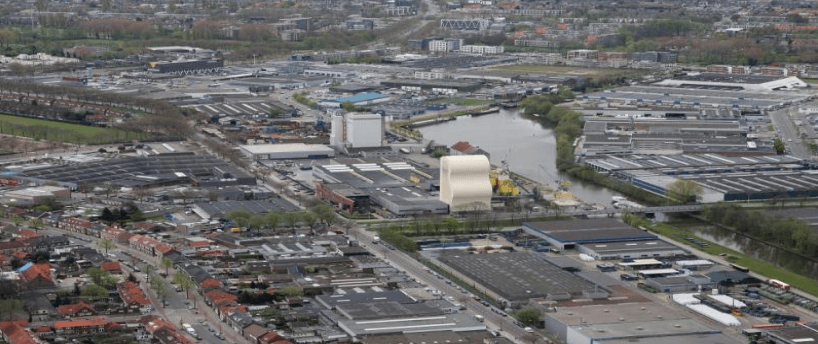
Quarter data
Measurement is all about ‘quarter data’, the exact consumption at each quarter of an hour throughout the year. “Once we have collected that data from all the major consumers on the Waterlaat, we can automatically see where the bottlenecks are, which also has predictive value. With that data, we knocked on Enexis’s door again, telling them we were ready. We have asked them for permission to be able to take steps for the joint use of that local energy hub.” Rietdijk expects that early next year, it should be technically and organizationally possible actually to activate the hub. But for that to happen, of course, Enexis must cooperate.
Enexis currently has three pilots in the Netherlands, where a solution like this can already be tested. De Waterlaat is not one of them, but one of the pilots is at the Kempisch Bedrijvenpark in Hapert, and De Waterlaat also hopes to benefit from it. For example, by hitching a ride on the draft group contracts that are now being devised there. “In any case, we are going to do everything possible to actually roll out the desired physical solutions after a period of measuring and fine-tuning.” In this regard, Rietdijk also draws hope from the recent letter from outgoing minister Rob Jetten, in which he indicates that local energy hubs will become spearheads in the energy transition.
One of the challenges throughout the process so far has been “keeping all the entrepreneurs at the table,” says Denise de Ronde. “Because for each of them, the situation is different. Some have already been able to take sustainability steps themselves, for example, by installing meters and thus detecting leaking power. Others already want to start buying batteries or are getting the first fines from Enexis.”

Forming a conglomerate
Indeed, there are still a few uncertainties, Rietdijk agrees. “It is clear that nothing will happen without the permission of Enexis. But besides that, we really need to be able to form a conglomerate of those companies that have now started working together. It is not a given that that will happen because there are other forces they have to deal with. For example, the cost of energy contracts varies quite a bit: for a company with an expensive contract, it is obviously much more attractive to join than one with a cheaper contract. It’s up to us to keep those extremes in line anyway. In the end, some will quite possibly have a bit more advantages than others, but so be it.”
At the end of the day, Rietdijk believes the local energy hub in Bergeijk will solve three, or perhaps even four, issues: “First and foremost, of course, is that entrepreneurs can get and supply the power they need. Right after that come the growth opportunities for those businesses, and thirdly, there are the possible cost savings. Finally, you could consider trading on the market with such a setup. But we have put that off for now, we will look at those opportunities later.”
Don’t just wait and see
Meanwhile, the most important suggestions Rietdijk and De Ronde can give other entrepreneurs, business parks, and municipalities is as clear as day: “Don’t just wait until the situation becomes completely untenable. Start thinking now about solutions that fit your own environment. This need not be a copy of what we are doing here, but of course, we are happy to explain to anyone interested how we proceeded.”




